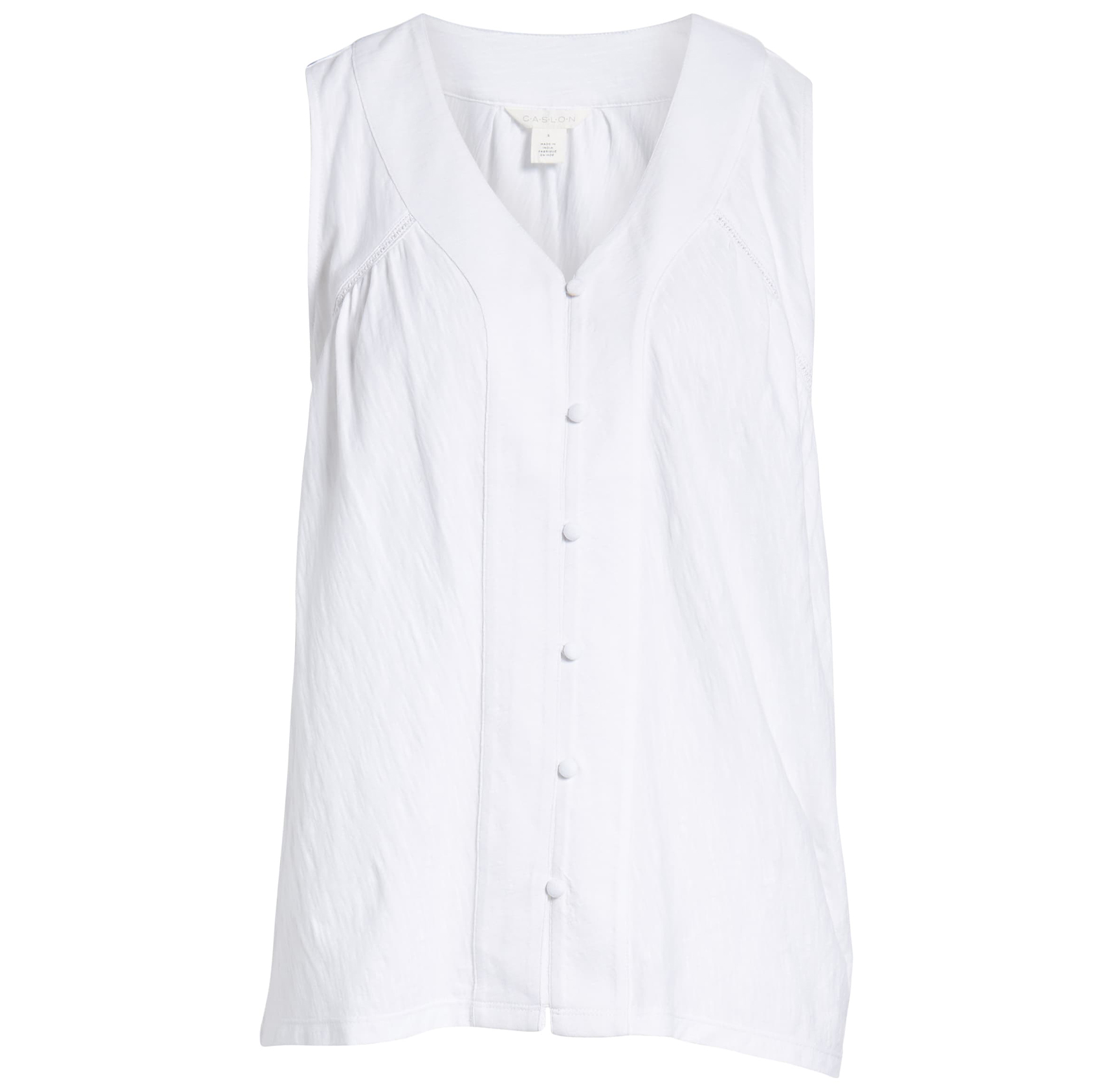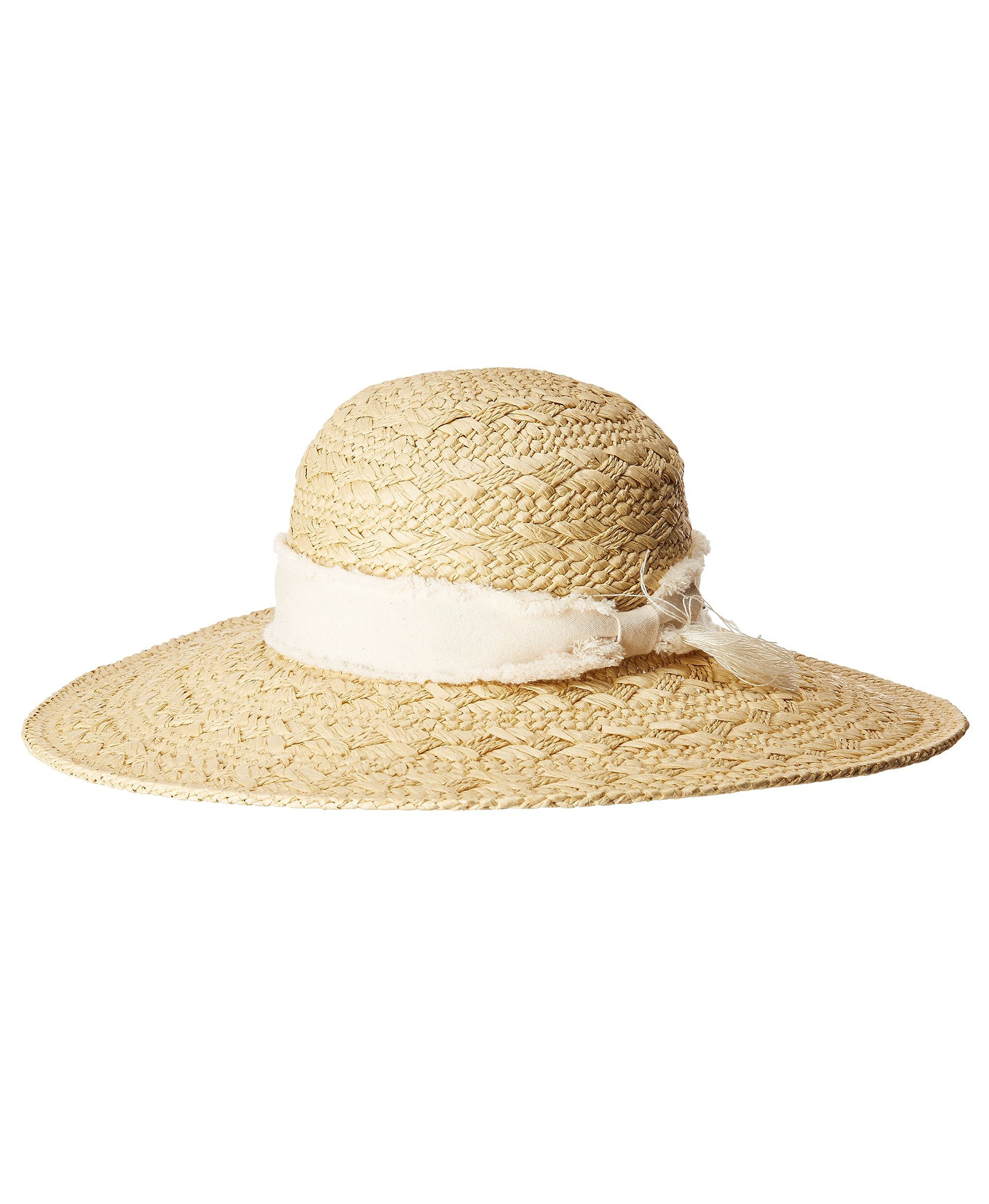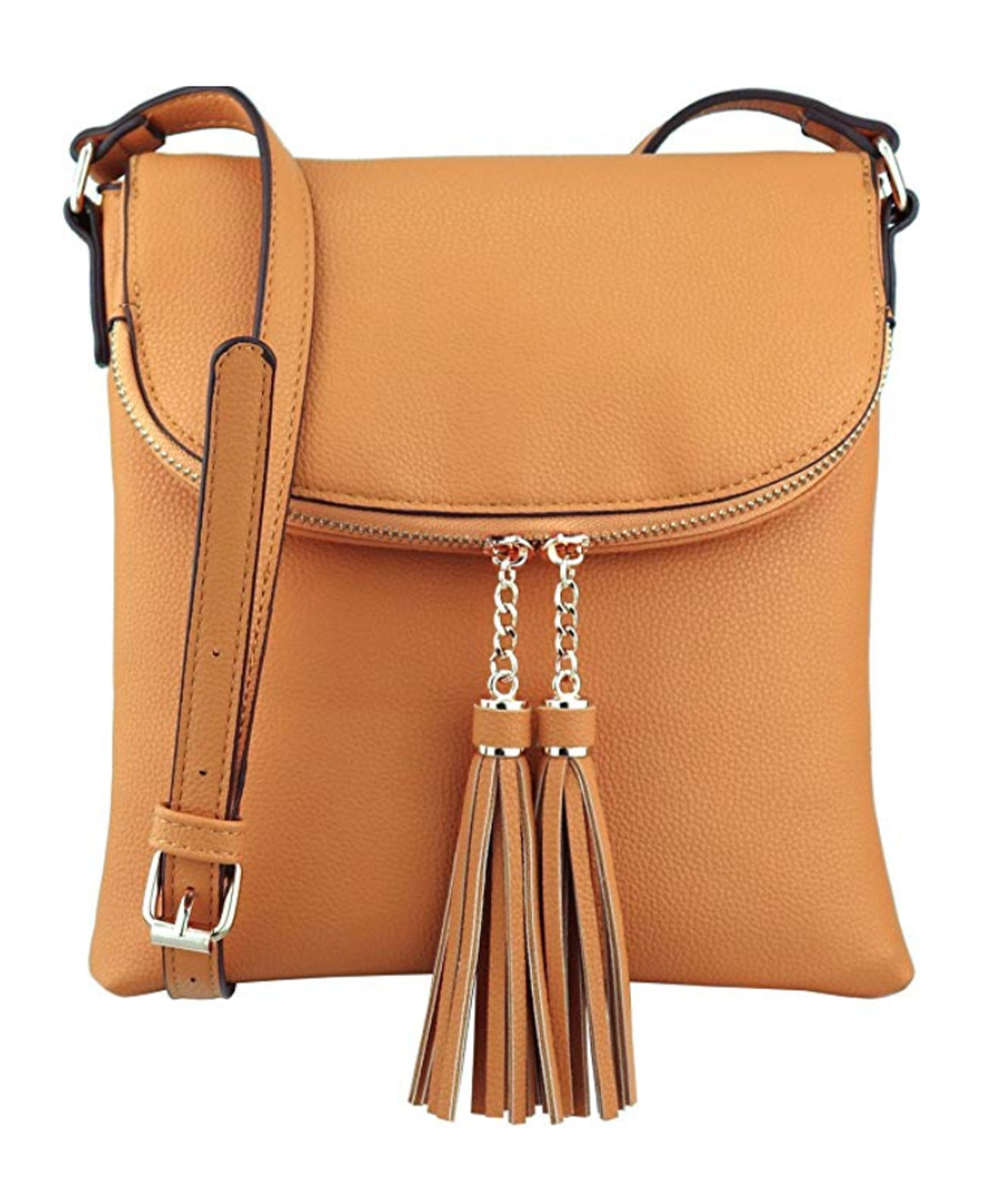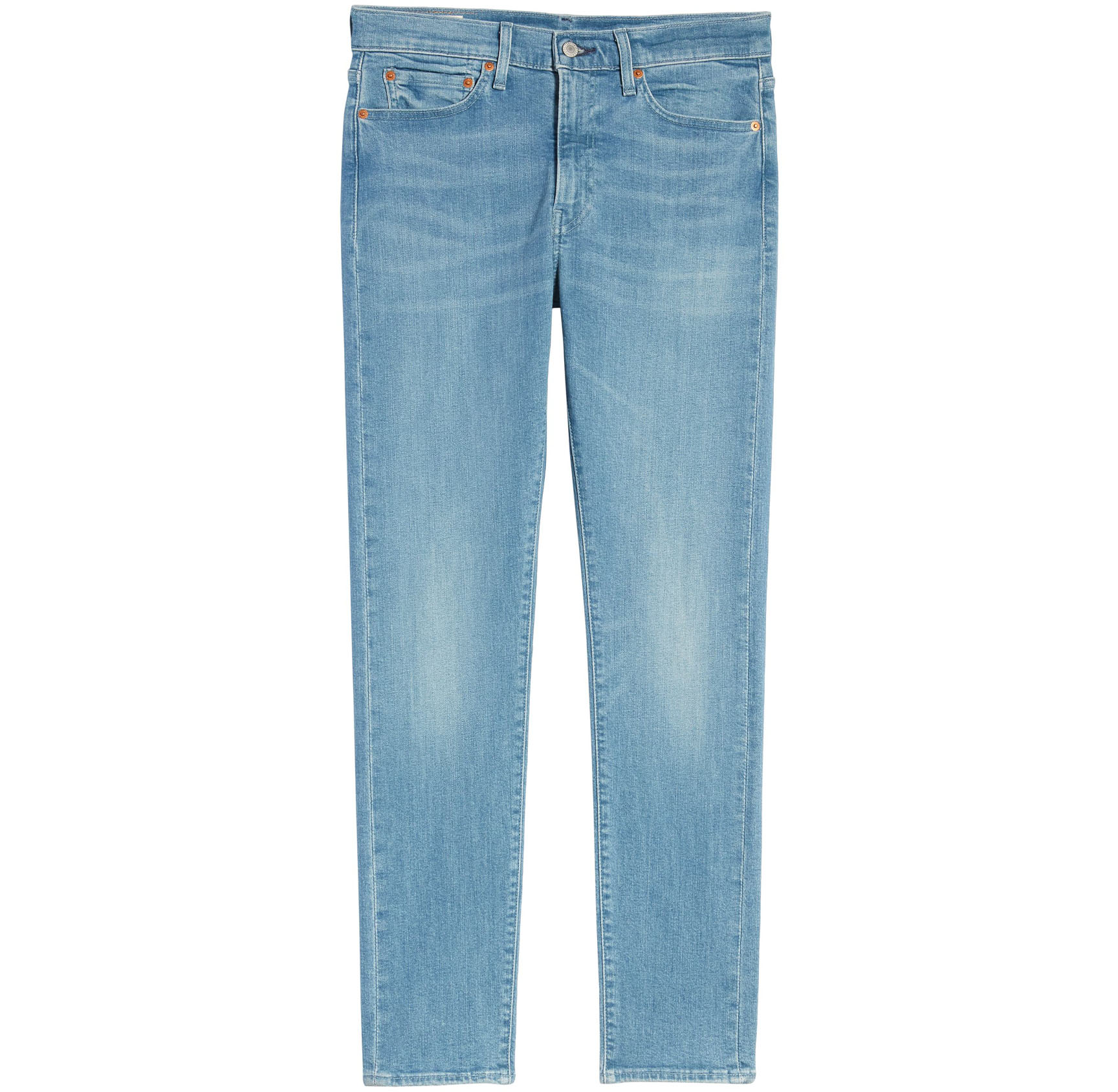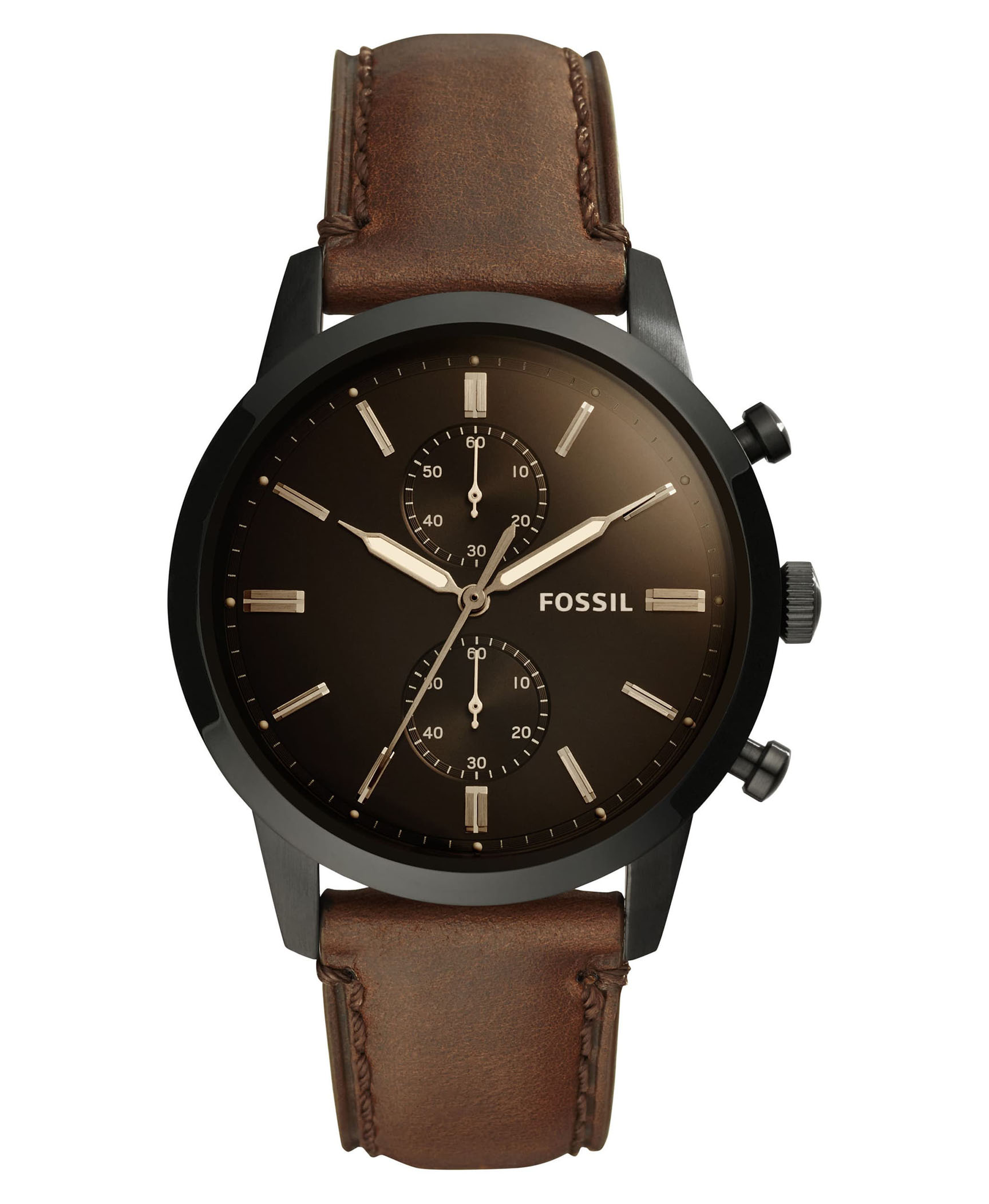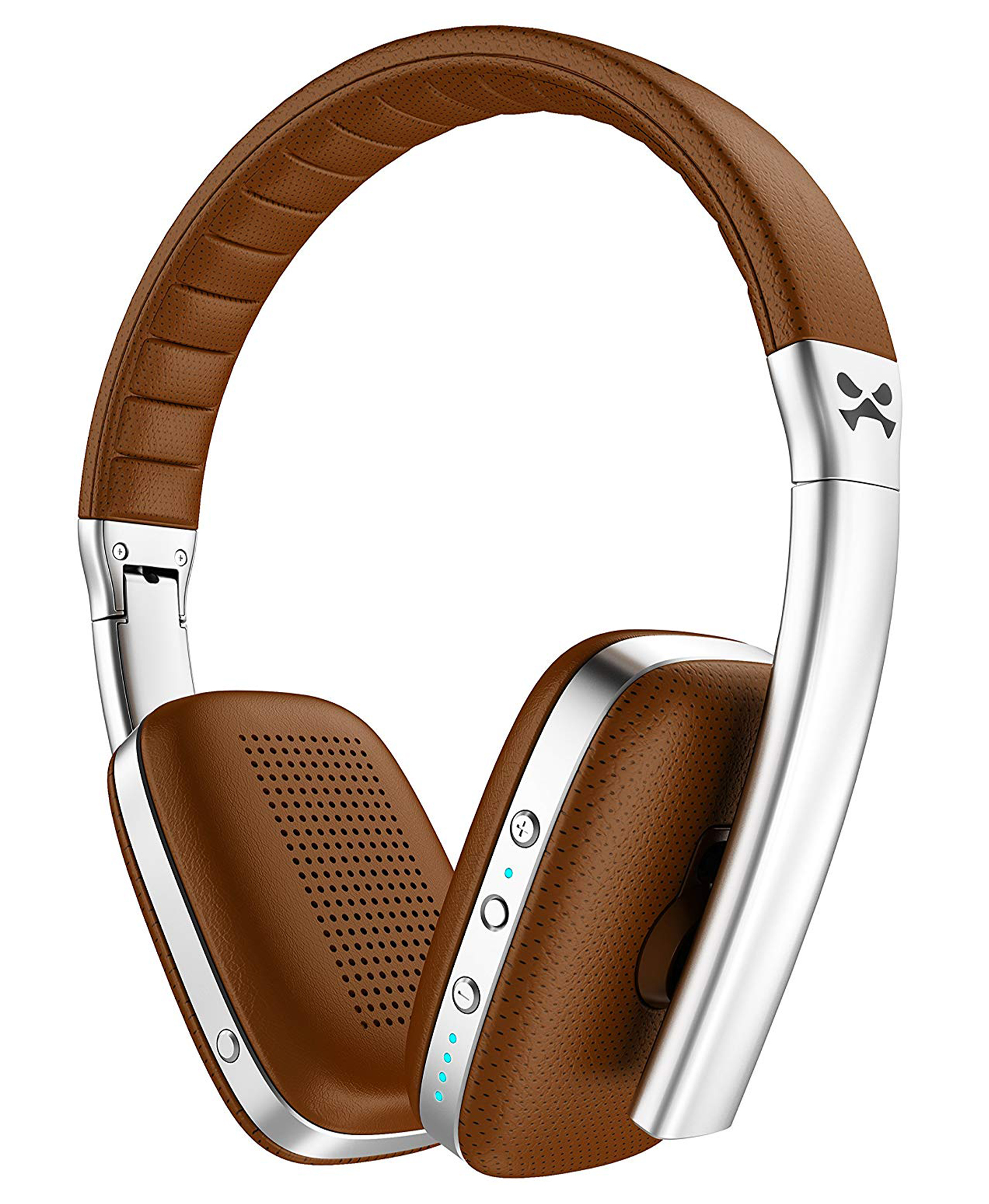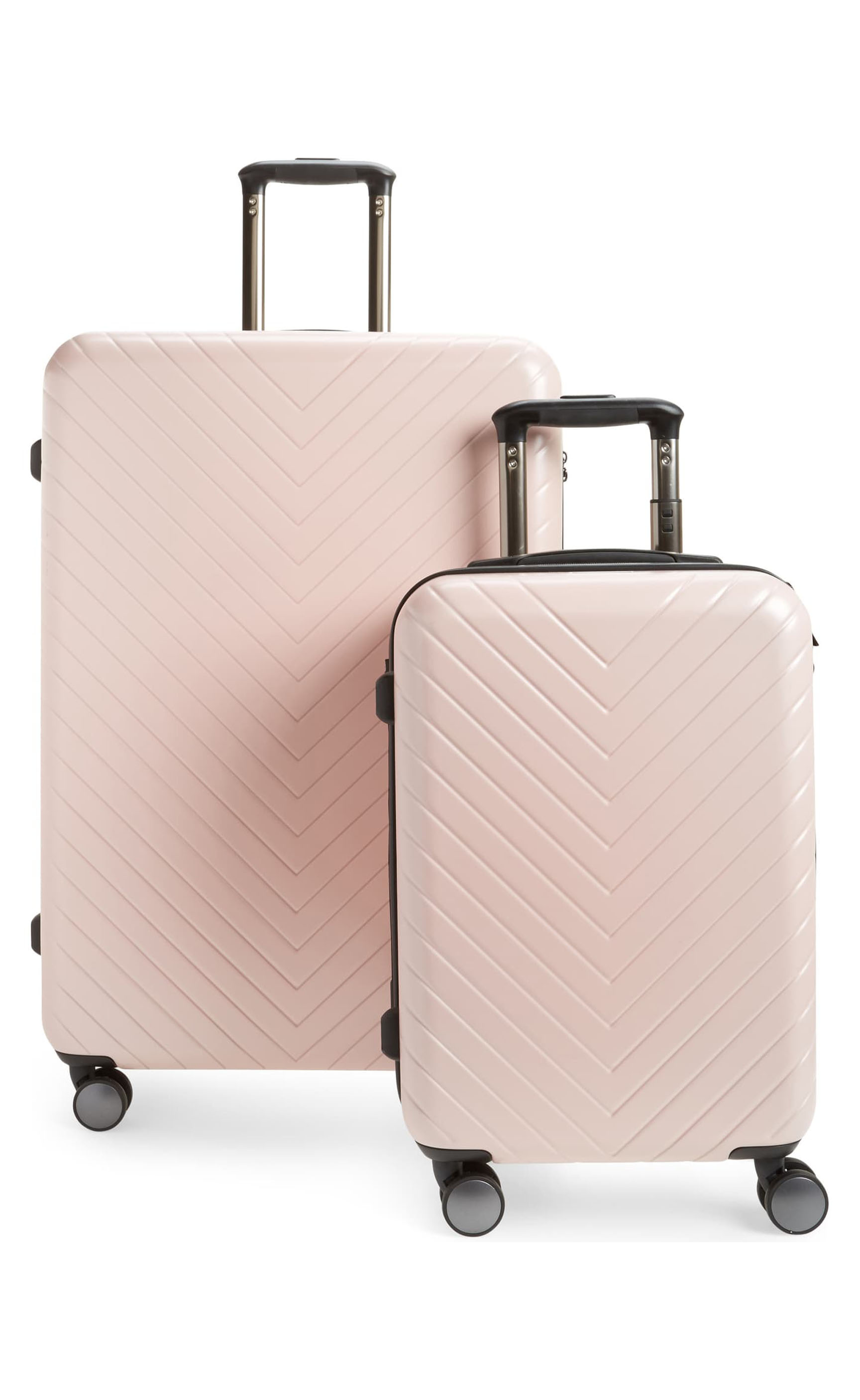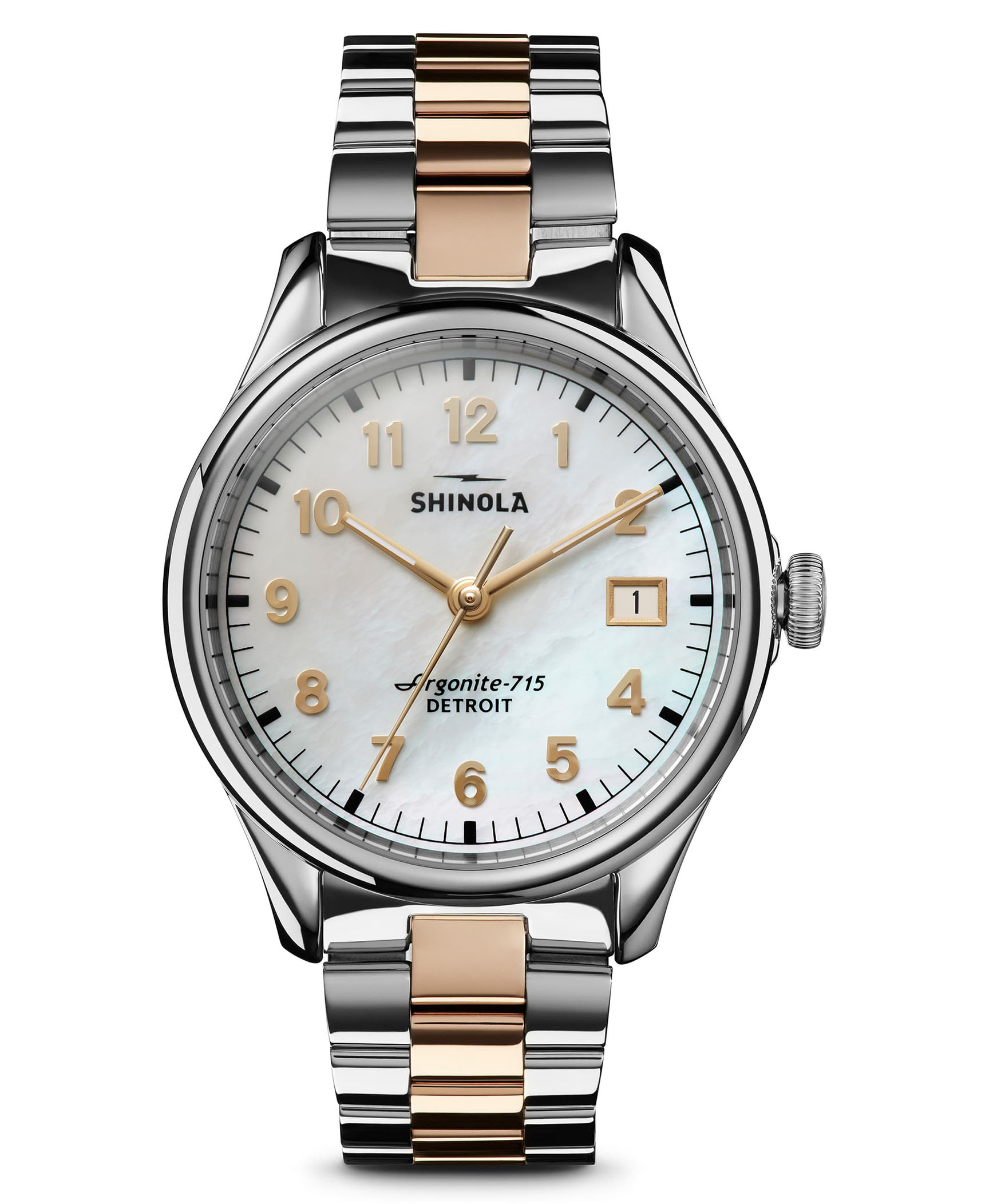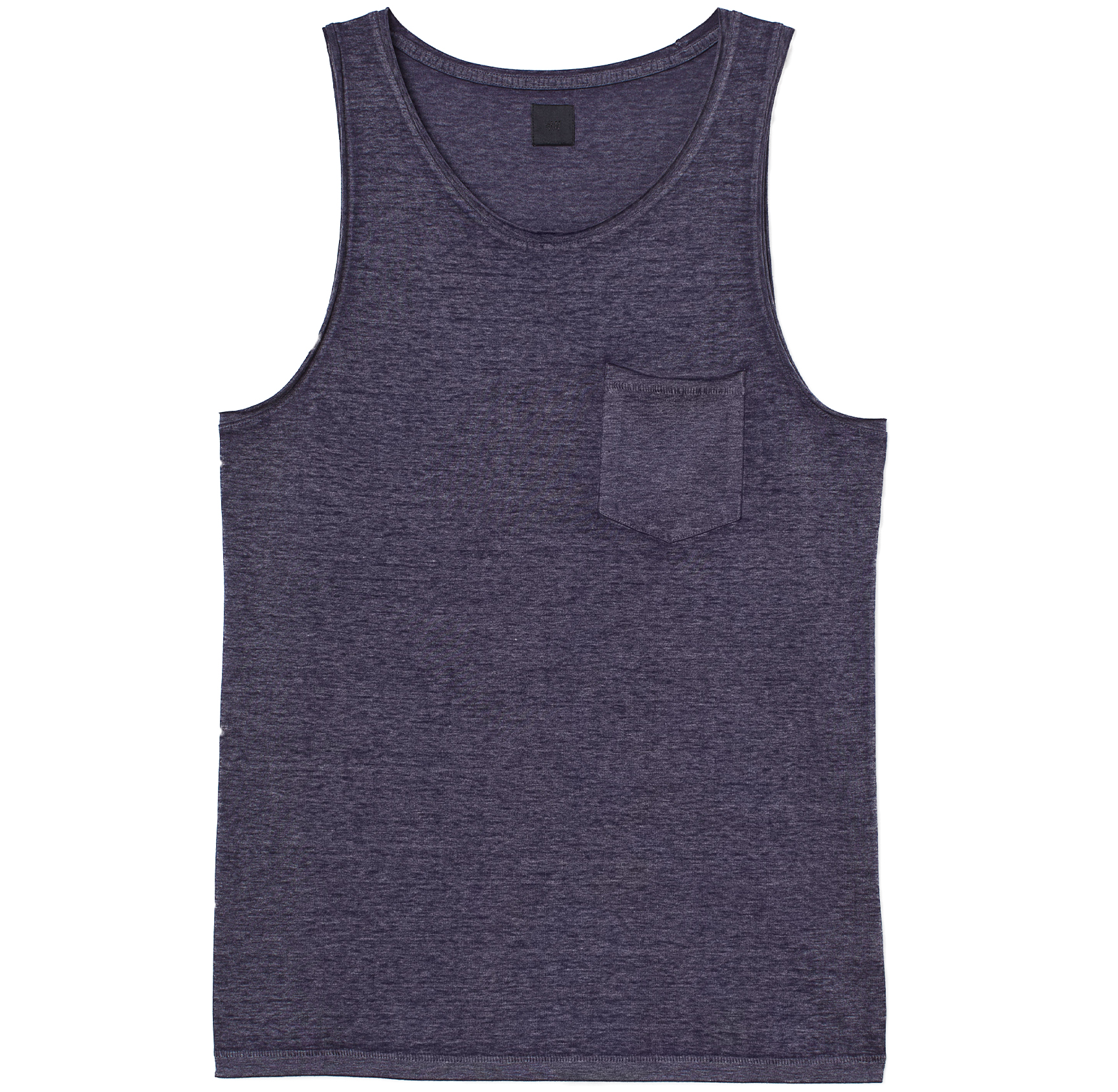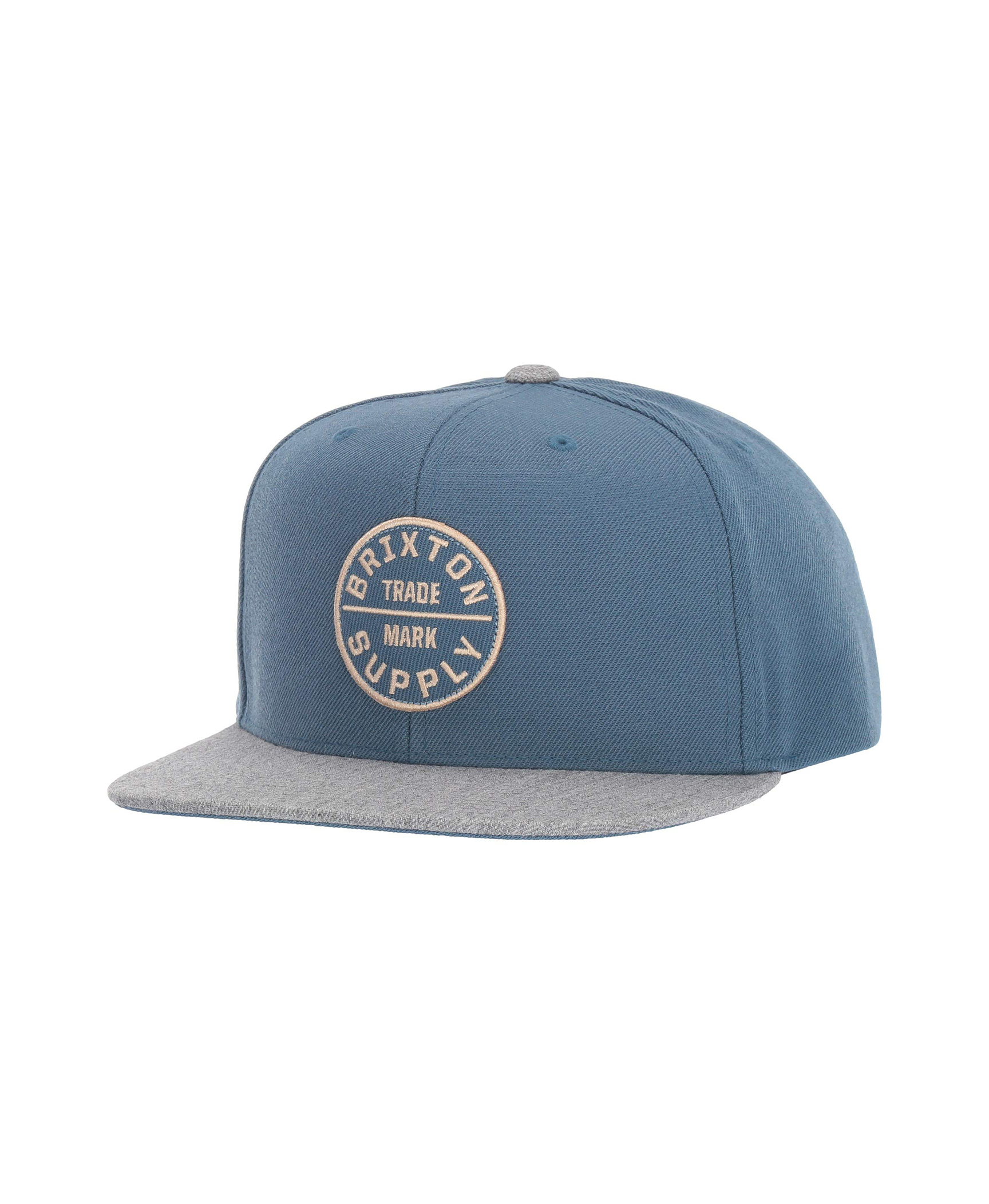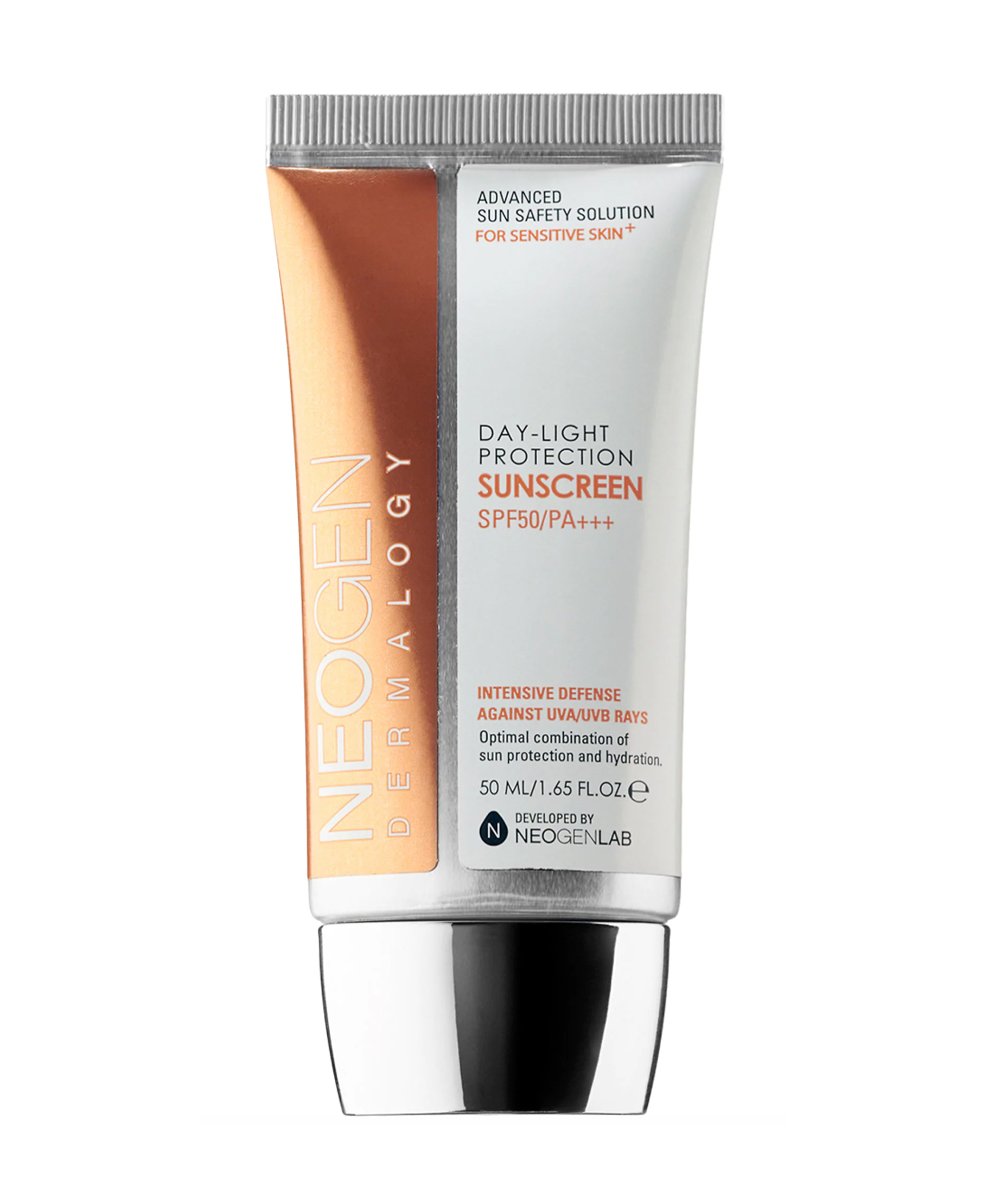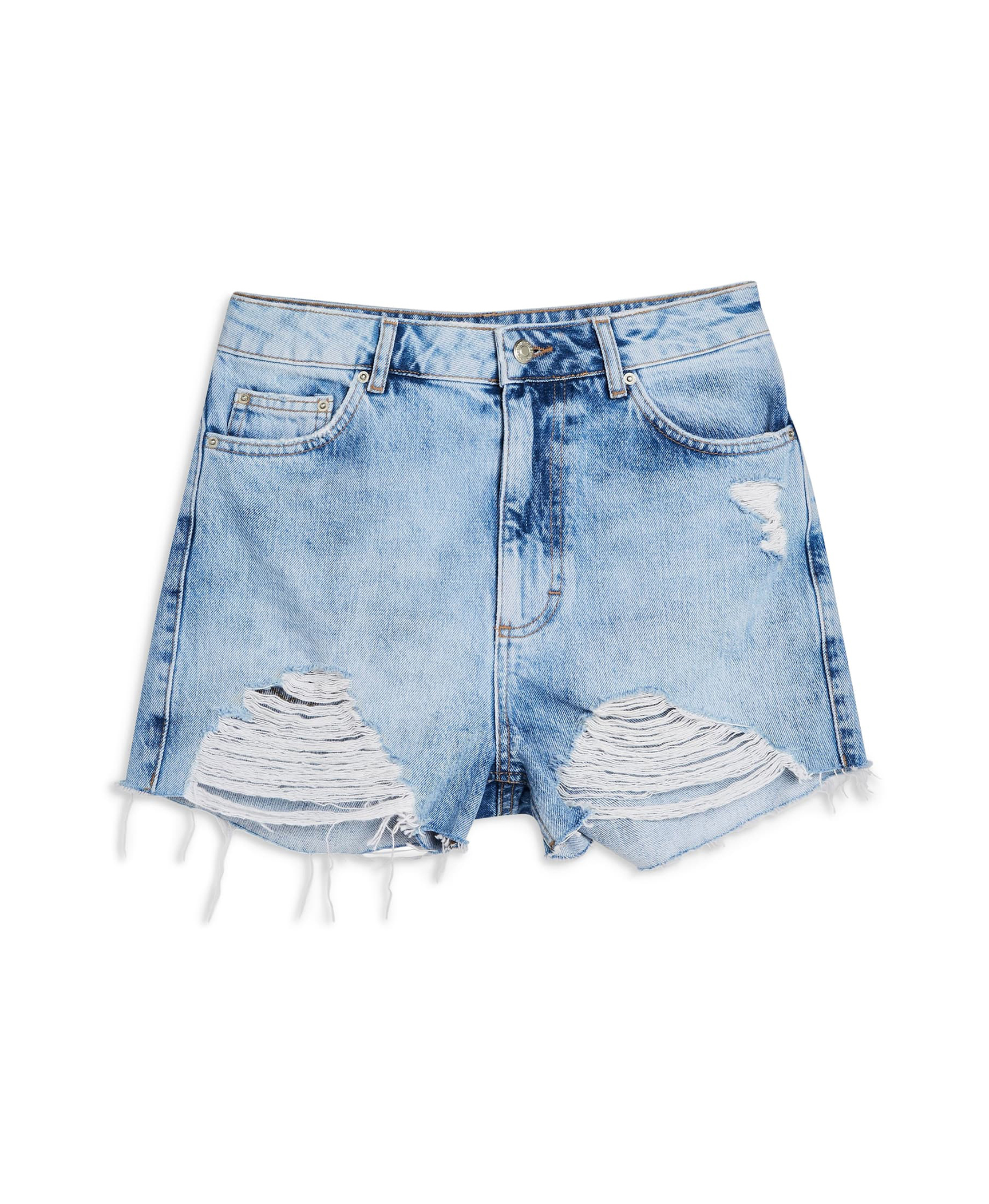Every year, U.S. airlines collect billions of dollars in baggage fees. But these charges are optional—so why are so many travelers shelling out so much money when many of them could avoid baggage fees with some modest effort?
Naturally, packing light is one of the best ways to escape these extra fees. But traveling with the bare minimum isn’t always an option—especially for passengers taking lengthy cruises or families that need multiple pieces of luggage. Even those who’ve mastered the art of packing everything into a carry-on can be hit with full-size fees, as ultra-discounters like Spirit, Frontier, and Allegiant charge for carry-ons.
The following tips explain how to avoid baggage fees with tricks that the airlines probably don’t want you to know about.
Know Your Airline’s Policy
Navigating the airlines’ complicated baggage policies is no small undertaking. Baggage fees change frequently and can vary by airline, destination, date of travel, number of bags, and bag weight and size. Even if you’ve secured an affordable plane ticket, you could end up paying a lot more than you bargained for when flying on a carrier that charges baggage fees. The average cost of a single checked bag is $60 round-trip on most major airlines.
So which airlines don’t charge for baggage? Southwest Airlines allows two free checked bags per passenger, while JetBlue permits one free checked bag if you purchase anything besides its cheapest fare.
Unfortunately, not all discount airlines have such magnanimous baggage policies. You could pay anywhere from $28 to $65 for a carry-on bag aboard Spirit Airlines if it doesn’t fit under the seat in front of you, and the carrier’s checked bag fees cover a similar range. The legacy airlines—Delta, American, and United—charge $30 each way for your first checked bag on all domestic and some international itineraries.
Your best bet is to thoroughly read your airline’s policy before you book your flight. You can see a comprehensive list of airline baggage fees at Airfarewatchdog, SmarterTravel’s sister site.
Join a Frequent Flyer Program
Travelers who fly often can save on baggage fees by joining their favorite airline’s frequent flyer program. Virtually all major airlines offer some kind of loyalty program that includes baggage fee discounts or waivers for “elite” or “preferred” members. (Most airlines, including the big ones—American, United, Delta—bestow elite or preferred status on frequent flyer members who’ve flown at least 25,0000 miles annually with the airline while meeting a minimum spending limit.) Visit your airline’s website to learn more about its frequent flyer program benefits.
If racking up 25,000 miles a year doesn’t seem attainable, consider applying for an airline credit card. Several major airlines waive checked bag fees for cardholders. For example, most Delta SkyMiles cardholders can check one bag for free on Delta flights, and United MileagePlus Club cardholders can check two bags for free.
Note that some of these cards have annual fees, so you’ll want to do the math and figure out whether the waived baggage fees and other perks are worth it. For a list of airline credit cards and benefits, see Airfarewatchdog.
Take the Train
While airlines are charging left and right for bags of any shape and size, train travel is a different story. Amtrak’s baggage allowance policy says passengers may carry on up to two pieces of luggage (not including personal items like purses, strollers, or computer bags) and check up to two pieces of luggage—for free. Additional bags cost a surprisingly low $20 per bag.
Know How Much Your Suitcase Weighs
Overweight baggage fees can be far costlier than base charges for checked luggage. For example, American and United issue a fee of $100 for each checked bag weighing 50 – 70 pounds on domestic flights, or $200 for bags weighing more than 70 pounds.
Bring a small portable luggage scale with you so you can weigh your bags prior to your departure and return flights. If your bag is just under the weight limit on your outgoing flight, extras you pick up along your trip, from souvenirs to soggy rain coats, could add some serious heft on the way home. Is your luggage too heavy for the flight back? Stuff some things into your travel partner’s suitcase or ship them home.
Ship Your Bags
At first glance, shipping one’s bags may sound like a prohibitively expensive prospect. But take another look at your airline’s baggage policies, and suddenly standard delivery services and even luggage shipping companies don’t sound like such a bad idea.
How much does shipping luggage cost? Prices charged by standard delivery services like FedEx, UPS, and USPS vary based on size and weight of bags (luggage shipping companies such as Luggage Forward and Luggage Concierge tend to be slightly more expensive).
FedEx charges about $62 to send a 55-pound suitcase from New York to Chicago in two business days—significantly less than the $100 overweight fee on some major airlines. And there’s no need to wait in lines at the check-in desk and baggage carousel when sending luggage through the mail. For more information, read Should You Check or Ship Your Bags?
Upgrade Your Luggage
Thanks to high-tech materials like ballistic nylon and polycarbonate, it’s not difficult to find full-size suitcases weighing less than 10 pounds. As an example, consider a 26-inch upright spinner that weighs 9.6 pounds on AwayTravel.com, or this set of three suitcases from Lucas, each weighing less than eight pounds.
Overweight baggage fees, which apply each way and per bag, can amount to hundreds of dollars over several trips for passengers who don’t travel light. Because most high-quality luggage brands are designed to be both lightweight and exceptionally long-lasting, they can help frequent travelers avoid overweight baggage fees over time.
Pack Light with Cool Products
If you struggle to fit everything into a carry-on bag, you might need a little help from handy products like compression sacks (also known as vacuum bags), which can squeeze more into less space. Or stash key items in one of the pocket-laden garments from SCOTTeVEST, which are cleverly designed with hidden compartments that store more than you’d think. And look for squishy, foldable travel essentials that take up minimal suitcase space whenever you can; some of my favorites include the Vapur Anti-Bottle and the inflatable Travelrest Pillow.
What to Pack in Your Luggage
More from SmarterTravel:
- 10 Underseat Carry-On Bags You Can Take on Any Flight
- Best Carry-on Luggage: Affordable Bags Under $150
- Carry-on and Personal Item Size Limits for 32 Major Airlines
Editor’s note: This story was originally published in 2017. It has been updated to reflect the most current information.
We hand-pick everything we recommend and select items through testing and reviews. Some products are sent to us free of charge with no incentive to offer a favorable review. We offer our unbiased opinions and do not accept compensation to review products. All items are in stock and prices are accurate at the time of publication. If you buy something through our links, we may earn a commission.
Related
Top Fares From
Today's Top Travel Deals
Brought to you by ShermansTravel
Shop and Save with Country Inns...
Patricia Magaña
 Hotel & Lodging Deals
Hotel & Lodging Deals
$229 -- Chicago: Discounted Rates and...
Francesca Miele
 Hotel & Lodging Deals
$229+
Hotel & Lodging Deals
$229+
$188 -- Honolulu: Save on Oceanview...
Abigail Lamay
 Hotel & Lodging Deals
$188+
Hotel & Lodging Deals
$188+

